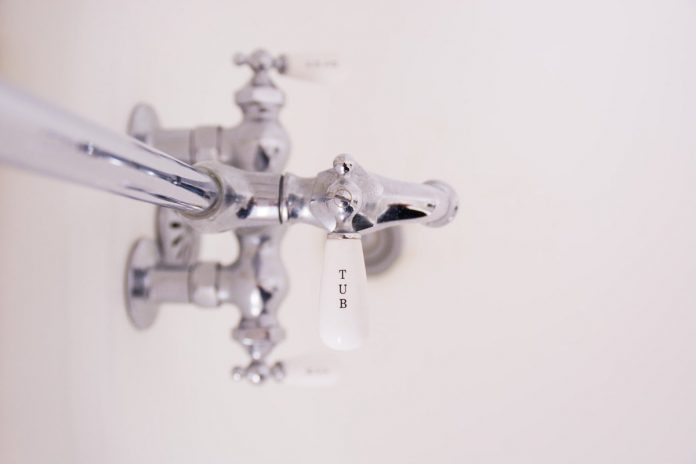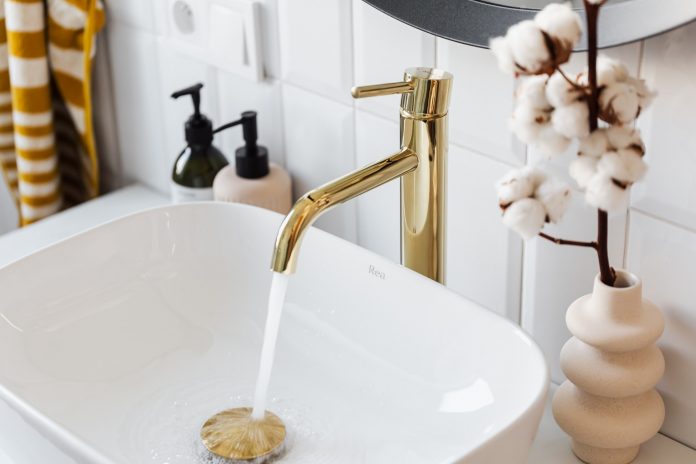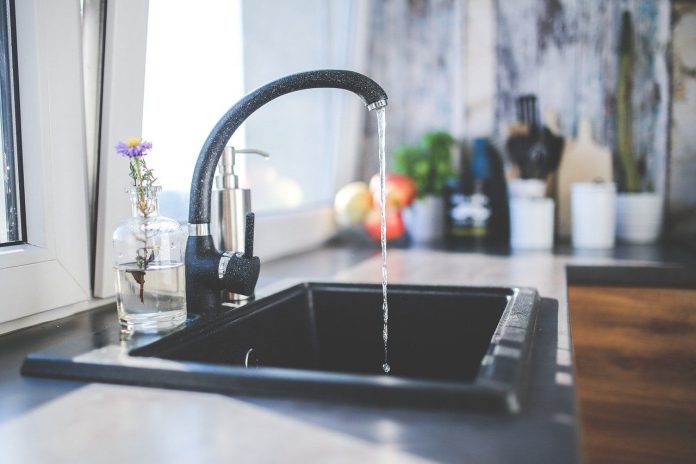The Hidden Dangers Of Ignoring A Leaking Tap
Have you ever noticed a dripping tap in your home and thought, ‘It’s just a little leak, no big deal’? You’re not alone. Many overlook this common household issue. But here’s the thing: ignoring a leaking tap can lead to a host of problems, some of which can be quite serious.
Below are several hidden dangers you should be aware of:
-
Wasted Water
A consistently dripping tap isn’t as insignificant as it may seem. For example, a tap that drips once per second may lead to wastage of approximately 3,200 gallons of water annually. This is equivalent to about 12,113 liters (using the conversion of 1 gallon = 3.78541 liters). This amount of water wastage is equivalent to over 48,000 glasses of water.
Such wastage is not only costly but also environmentally detrimental. Acting quickly to fix a leak is the key to avoiding needlessly wasting this precious resource.
-
Higher Water Bills
Speaking of utility bills, ignoring a leaking tap increases water bills in two key ways. Firstly, the costs of the wasted water itself. The Environmental Protection Agency (EPA) in the United States estimates that typical household water leaks can result in the loss of over 10,000 gallons of water annually.
However, it’s important to note that this figure is an average, and the actual amount of water wasted can vary significantly depending on factors such as the household’s location, the efficiency of the water system, and the specific nature of the leaks. So, while this statistic is a useful general guideline, the actual impact on your water bill and the environment might be higher or lower, depending on your individual circumstances.
Secondly, there’s often a sewer charge based on total water usage. Since leak water goes down the drain, you pay for its treatment as wastewater. The EPA also notes that homeowners can achieve approximately a 10% savings on water bills by considering tap repairs. This approach is particularly cost-effective and beneficial for individuals managing their expenses within a limited budget.
-
Pipe Damage
When a tap leaks, water drips down the faucet body and onto the sink hardware. Over time, the constant moisture can corrode metal pipes and erode sink basins.
Water pooling under the sink can also damage cabinetry and seep into wall voids. Neglected long enough, leaks can rot wood structures and breed mold inside walls. Prompt faucet repairs help avoid costly plumbing and cabinet replacements down the road.
-
Property Damage
Unresolved plumbing leaks can lead to extensive property damage, requiring costly repairs. For example, a supply line leak under the sink can damage cabinets, floors, and walls. Leaks inside walls promote mold growth and rot structural materials. Burst pipes cause flooding that ruins flooring, drywall, and furnishings. Catching and fixing minor leaks in a timely manner prevents severe water damage and protects property investments.
-
Dripping Noises
The sound of an inconsistent drip every few seconds can drive homeowners crazy. It interrupts sleep, distracts during meals, and consumes focus while reading or watching TV.
For households with babies or young children, the constant noise makes nap time and bedtime challenging. Fixing the leak restores peace. With easy faucet repairs, there’s no reason to tolerate bothersome dripping sounds.
-
Potential Mold Growth
As mentioned earlier, small leaks create damp conditions that may spur mold growth. Mold releases spores that cause allergic reactions and respiratory issues when inhaled.
Extensive mold infestations require professional mold remediation to remove affected materials. Preventing excessive moisture by fixing faucet leaks helps avoid dangerous mold formation within walls or cabinets.
-
Sink Stains
The severity of stains caused by mineral deposits and rust from leak water can vary depending on water quality and the materials of your sink and fixtures. In areas with harder water, white-scale buildup is more common and can be more pronounced, affecting the aesthetic of sinks and hardware.
Rust stains, often resulting from corroded pipes, can be particularly unsightly and challenging to remove. However, it’s important to note that these stains are usually more cosmetic and do not necessarily indicate material damage. Regular maintenance and timely leak repairs are essential to prevent these stains, keeping your sinks looking clean and maintaining their visual appeal.
-
Safety Hazards
Water leaks create various safety hazards in the home. Firstly, they can cause slip hazards on floors; a puddle under the sink or a wet spot near a tub significantly increases the risk of falls. Additionally, water leaks near electrical appliances or outlets pose a serious risk of electrical shock or fire, as water and electricity are a dangerous combination.
Mold growth fueled by plumbing leaks can degrade indoor air quality and impact respiratory health. Furthermore, consistent leaking can lead to rotting floor structures, which present a collapse hazard. Promptly addressing leaky faucets and leaks is crucial for maintaining the safety of living spaces for homeowners, guests, and tenants.
Conclusion
While ignoring a leaking tap might seem like a minor nuisance, it’s a problem that shouldn’t be ignored. By addressing leaks immediately, you can save water and money, and potentially avoid serious damage to your home. Remember, a little attention goes a long way in maintaining a safe and efficient household.








